Modern, clean, safe and sterile. These were just a few of the adjectives I’d heard used to describe Singapore before my November 2010 visit. While this might be an ideal lexical set if you’re going onto the operating table, it’s a bit less suspicious if you’re travelling on holiday.
As Southeast Asia’s most Westernised nation, with a Chinese, Malay, Indian and expat population, ‘bland’ is perhaps the last word you would associate with Singapore, yet it cropped up several times in my trip planning research. Surely there were places to visit in Singapore, an international island with a historically diverse culture and community, that had some excitement to offer?
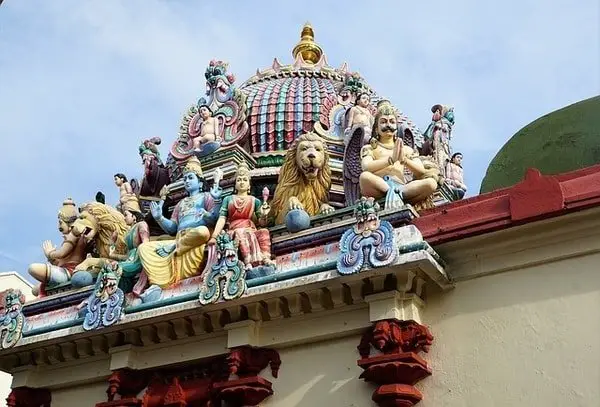
On the first day of my stay with my recent expat friend Claudia, I headed into the city centre for a bit of jet-lagged sightseeing. So far, so modern: the quayside was packed with trendy-looking restaurants; skyscrapers soared above the bay and the Singapore Flyer (the world’s biggest observation wheel) rotated in the background. However, as I fought through the humidity and ventured further into the centre, I caught sight of a different Singapore: colonial buildings such as the Fullerton Hotel, Saint Andrew Cathedral, the world-famous Raffles Hotel and even a scorched-looking cricket pitch pop up between the many malls. A British colony during the nineteenth century, Singapore is dotted with these reminders of a bygone era, giving a historical touch to the modern city which has developed around them.
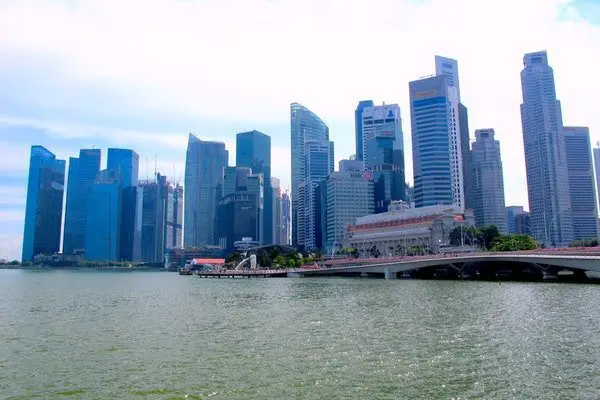
A short ride away on the efficient, pushy-passenger-free metro in Chinatown, we got to grips with another important aspect of Singapore’s cultural tradition. Worlds apart from the slick modernity of the Central Business District, Chinatown is a network of smaller streets thronged with colourful shophouses, souvenir sellers, temples and tourists.
Our first stop was the Chinatown Heritage Centre, where we learned more about immigration from China to the southern tip of the Malay peninsula in the nineteenth and twentieth centuries, and the lives of the new arrivals as they settled into Singapore. The mocked-up shophouse interiors, showing the crowded cubicles shared by families or friends, certainly brought their living conditions to life – the level of detail was so minute as to include the contents of the toilet bucket.
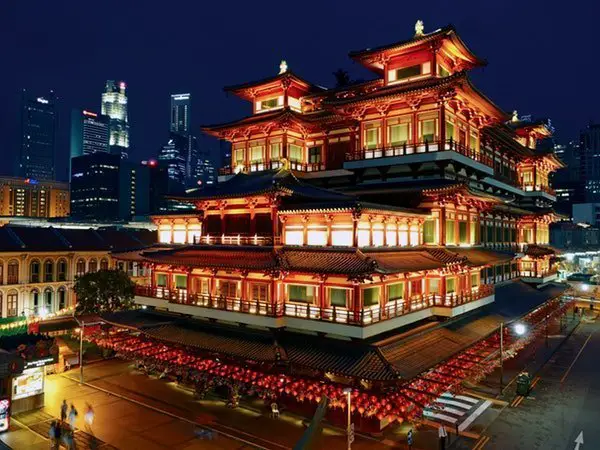
Suitably educated about Singapore’s Chinese community, we moved on to the Hindu temple down the street. Falling outside the main Hindu area of Little India, the Sri Mariamman Temple is the oldest in Singapore. Taking the form of a series of courtyards, it is framed with colourful cows, gods and goddesses supervising the proceedings from above. A modest, peaceful place, the Sri Mariamman Temple contrasted sharply with the 2008 Buddhist Buddha Tooth Relic Temple a short walk away. A vast, imposing edifice, the temple boasts its own rooftop garden, museum about Buddhism, tea room and even a car park. The tooth relic after which the temple is named is safely ensconced in a vast glass enclosure, but keen visitors can watch a live broadcast of it in close-up on a flat screen television.
Once we’d had our fill of tooth-gazing, it was time for a quintessential Singapore experience. No, not a Singapore Sling at Raffles, but a visit to a hawker centre. These no-frills food courts are packed with stalls selling all manner of savoury and sweet local food. We opted for popiah, a sort of soft spring roll filled with turnip, tofu, peanuts, bean sprouts and other vegetables, served with a sweet sauce, washed down with a sweet lime juice.
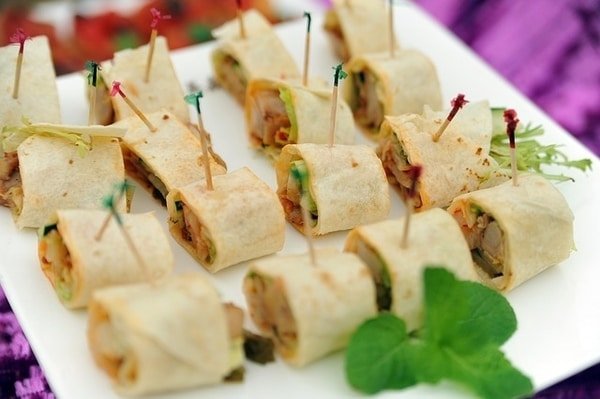
Hawker centres are definitely the place to eat if you’re looking to try local dishes on a budget – our afternoon snack set us back just $2 each. Unlike the typically slick food courts in Singapore’s malls, however, hawker centres are usually a little rough around the edges, with fluorescent lighting, noisy chatter and strong scents all vying for your attention.
Apart from its financial centre and its Western-style modernity, Singapore is also famed for its retail opportunities. Shopaholics will certainly not be disappointed: it’s possible to walk around most of the city centre without even stepping out of an air-conditioned mall. And with different shopping centers catering to different genders and age groups, you’re sure to find what you’re looking for.
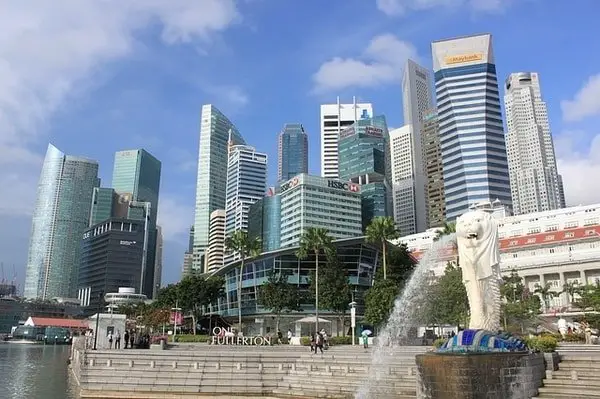
Instead of heading to well-known Orchard Road, shoppers in the know make their way to the trendy boutiques of Haji Lane in Singapore’s Arab Quarter, Kampong Glam. Claudia and I spent a whole afternoon ducking in and out of the street’s cute emporia, including Soon Lee and Victoria Jomo. Mostly selling women’s wear by smaller independent designers, vintage clothing, individual accessories and footwear, Haji Lane is where Singapore’s young and trendy residents come to find something a bit different from the chain store offerings. And the best bit? Prices are low enough to treat yourself to a mini-spree.
Once you’re all shopped out, Kampong Glam has plenty of shabby chic refueling stops, including Café le Caire for tasty falafel and other Middle Eastern treats, and Blujazz for cocktails. In just two days, I realized that there’s far more to Singapore than the commonly-touted image of a slick, modern city with plenty of shops with no soul. The island’s cultural history and diversity give it a heart and a vibrancy lacking in the mega mall paradise of its core. Areas such as Chinatown, Kampong Glam and Little India are far from sterile: there are sights, sounds, smells (and shopping opportunities) at every turn.
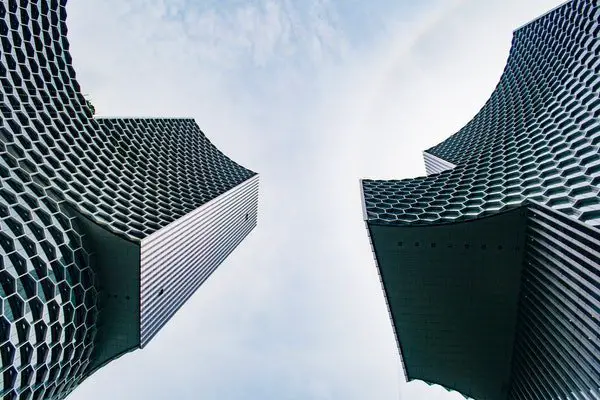
If you want to step even further away from the skyscrapers, Singapore is surprisingly green: visitors can explore the vast Botanic Gardens, the pocket of the rainforest at the Bukit Timah Nature Reserve, or the area surrounding the Macritchie Reservoir. It may be commonly used as a stop-over city, but Singapore has enough going for it in the culture and cuisine stakes to make it a destination in its own right. * photographs by Kate Turner© , except of Singapore Flyer from Singapore Flyer website and Lavender Hawker center from Wikipedia
Tallest Skyscrapers in Singapore City of Asia
Header Photo by Fancycrave.com
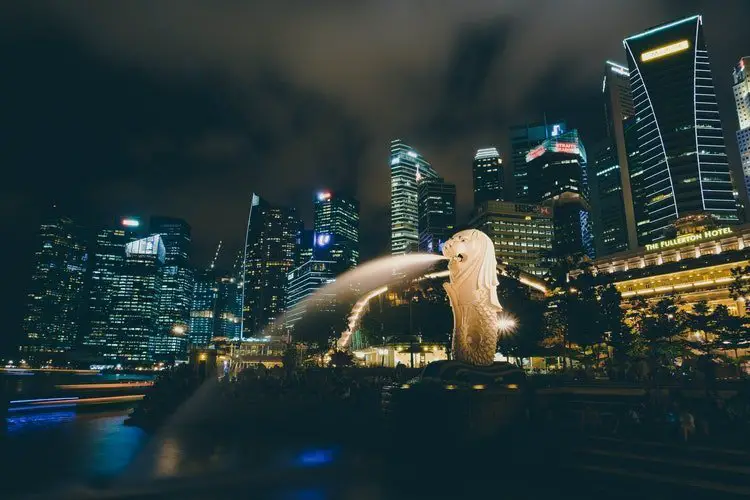
I’ve never been to Singapore and sort have the stereotypical image in my head of just skyscrapers and modernity. It’s nice to hear that there is more to it than that!
Great piece of writing! I usually avoid Singapore as a stay over option in SE Asia but this article has made me put it back on the list of suspects!
Great tour of Singapore which I will visit later in the year. Stunning pictures too.
I’m currently living here as an expat from the UK and I totally agree with your piece, Singapore has so much more to offer than people give it credit for. I would encourage anybody to come for a visit and find out for yourself!
I spent a couple of months in Singapore a few years ago, and one of the best parts of my stay there was the food. I loved the food courts and the hawker centres. There’s so much food to choose from, it’s all delicious, and it’s so cheap too! And when city life started to get to me, the Botanic Gardens was my hideaway.
Thanks for your comments, glad you liked the article! I was pleasantly surprised by how much more there is to Singapore than the business and shopping stereotype.
Singapore sounds amazing! Thank you for negating the preconceived notion and sharing the little bits that make this spot so unique and cool. This post makes me want to move Sinagpore to the top of my list.
I liked Singapore too. It is a great city to work in, though I do think it lacks the excitement similar cities like Hong Kong have.